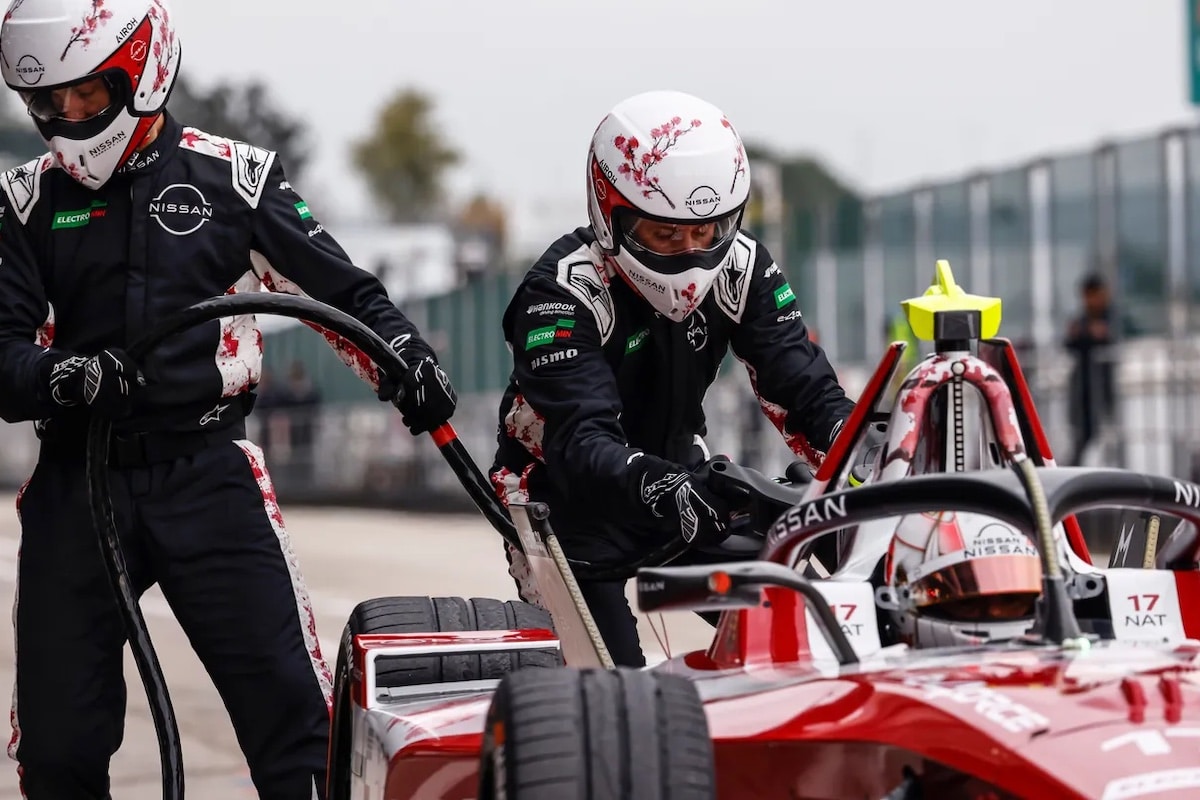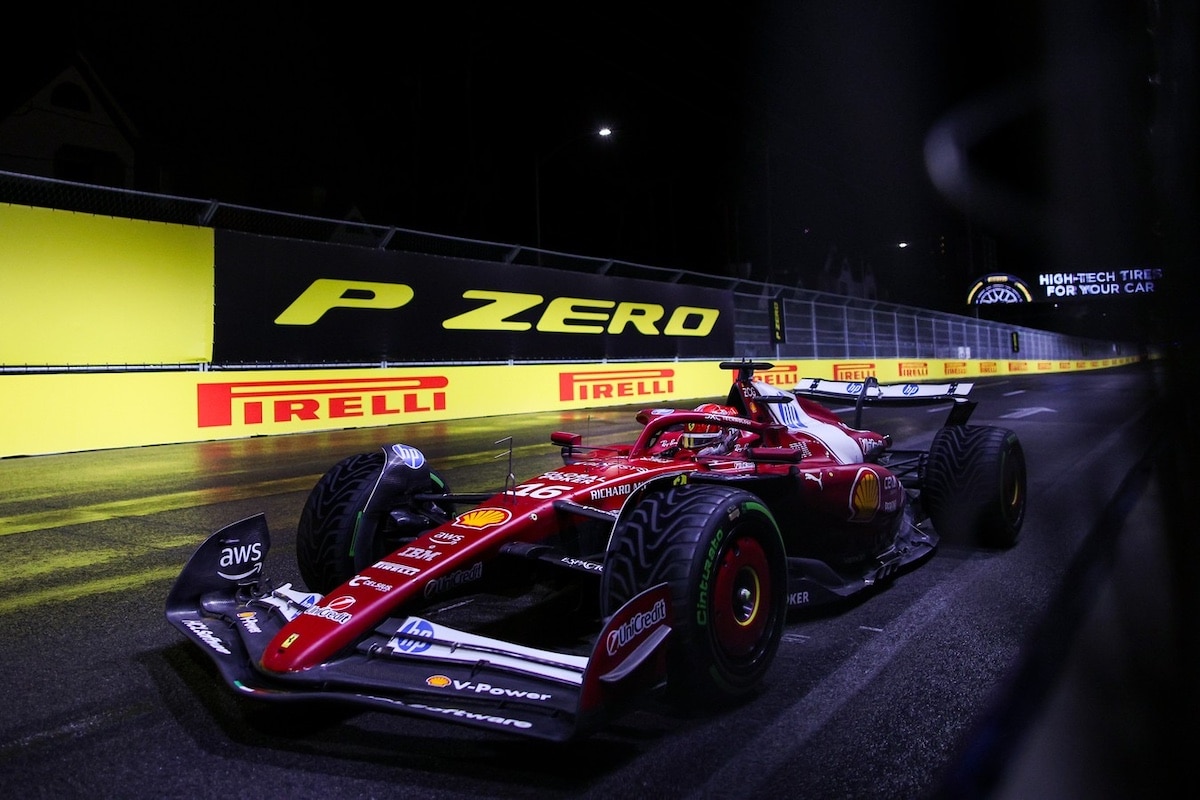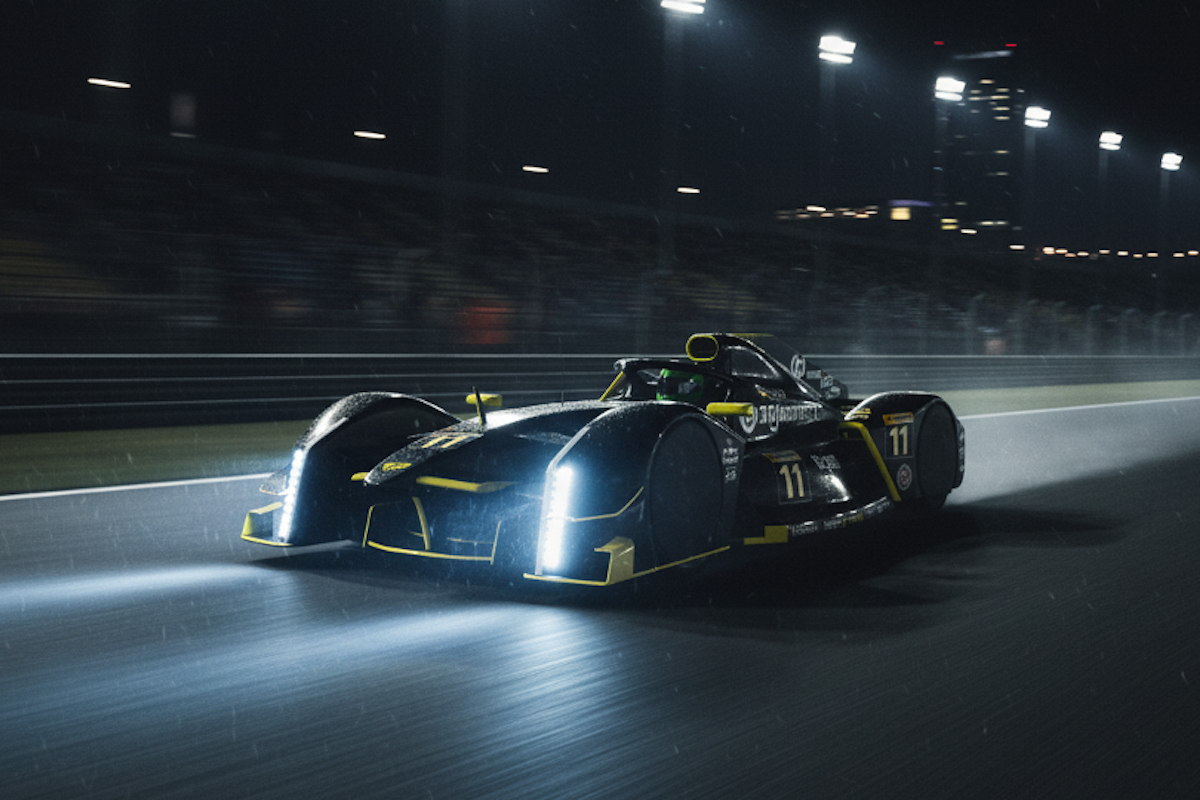Crazy laughter recharge in Formula E with the Pit Boost?

The biggest novelty of Season 11 is the introduction of a quick-charging pit stop starting from the Jeddah races in mid-February.
For its 11th year of existence, Formula E is going all out, raising questions. Some see it as a burst of energy and ambition, while others interpret this chaotic enthusiasm as a final attempt to attract public interest. A risky techno-economic Ponzi pyramid due to soaring costs and a media fog.
Who remembers, for example, that the 2025 single-seaters now have 4-wheel drive to reach 100 km/h in 1.86 seconds? Or that Hankook tires promise 10% extra grip after being mocked for their slip capabilities? Today, a new idea will be added during the season since two races (São Paulo and Mexico) have already taken place: in-race fast charging, like a Splash and Dash with gasoline. But is this a two-month delay or a genuine anticipation desire? Formula E’s message is confusing.
Named “Pit Boost,” it will only be mandatory at certain events… which are still to be determined. As if the organizers haven’t had enough time. But concretely, how will it work? And with what rules? Looking back in history, early electric series required drivers to enter their garages to swap Gen1 cars mid-race because of limited range! Since switching to Gen2 in 2017, that step was eliminated to keep the message clear and non-suicidal: an electric car has enough range to last 40 minutes, half in freewheeling or braking (yes, really). But since the spectacle disappeared suddenly, and to add strategic uncertainty, Formula E now reintroduces the idea of mandatory pit stops — with a two-year delay. Initially planned for 2023, Pit Boost is finally arriving.
A mandatory and timed pit stop
During an E-Prix, the driver will have to respect a specific window to perform a quick recharge. This window will be determined by the State of Charge (SoC) of the car during the race, with thresholds set by officials 21 days prior to each event. For example: race control might decide to open the pit stop window when a car’s charge level is between 55% and 45%. Drivers will then be prohibited from performing their Pit Boost before, after, or during a race suspension (red flag).
When a driver stops, they and their team must respect a minimum stop time, also published before the race. The stop time will start when the car is stationary at its pit box, the “Boost Charger” is connected, and will end when the car resumes moving. The recharge power is announced at 600 kW, but we remain skeptical, as no civilian vehicle—despite billions of dollars invested—can handle such electrical violence. The promise is that the battery recovers 10% of capacity (3.85 kWh) in just 30 seconds, which is currently impossible with existing technology, since the electronics need seconds to scan battery health before recharging. Skipping this step risks premature battery failure. Today, an electric supercar like the Porsche Taycan Turbo S, with its 800-volt architecture, takes about 130 seconds to recharge 3.85 kWh! And we’re not talking about outdated batteries like in FE. Wouldn’t it be simpler to electronically liberate a virtual 10% buffer capacity of the battery once the refueling operator connects a big cable to the car’s rear? Perhaps this will be staged visually via graphics during TV broadcast. Hence the 21 days of reflection before each designated race? Mystery.
Beware of electrocution
Let’s keep the idea that there will indeed be recharging. During this, no other actions on the car will be allowed… but the driver will still be strapped in. What about refueling when a race is held in the rain?
From a strategic perspective, teams will be limited in their choices. Unlike Formula 1, double stops (or double stacking) will not be permitted: only one car per team can perform its refuel. The Pit Boost will be compatible with Attack Mode, a system present in Formula E for several seasons offering a power boost for a limited time to overtake rivals. In races where Pit Boost is mandatory, Attack Mode could be used from the 3rd lap… to drain the battery faster?
The introduction of this sporting device is scheduled for the Jeddah E-Prix (February 14-15). During development tests, it caused various issues on the two DS Penske cars. “It’s standardized, and it’s a bit delicate,” admits Simon Merchet, an engineer at Stellantis dedicated to the Formula E project. “At DS, we encountered a problem; the equipment didn’t work well. The car responded fine, but since we don’t develop the charger, minor reliability issues could impact race results. We hope the organizer can ensure equal reliability for everyone. (…) There have been issues here and there, so I hope all will be resolved for the first race.” Meanwhile, series director Alberto Longo is much more enthusiastic. “It’s one of the most ambitious and important additions, not only for our series but also for modern motorsport.” Quite something.
As production electric cars aim for 1000 km of range in urban cycle—covering acceleration and regenerative braking phases—Formula E emphasizes that refueling is necessary to travel 60 km at an average speed of… 60 km/h (see São Paulo December 2024). Final question: does the idea of in-race recharging simply serve a series partner seeking more visibility?
ALSO READ: Automotive competition and ecology are compatible!
This page is translated from the original post "Recharge de fous rires en Formule E avec le Pit Boost ?" in French.
We also suggestthese articles:
Also read





